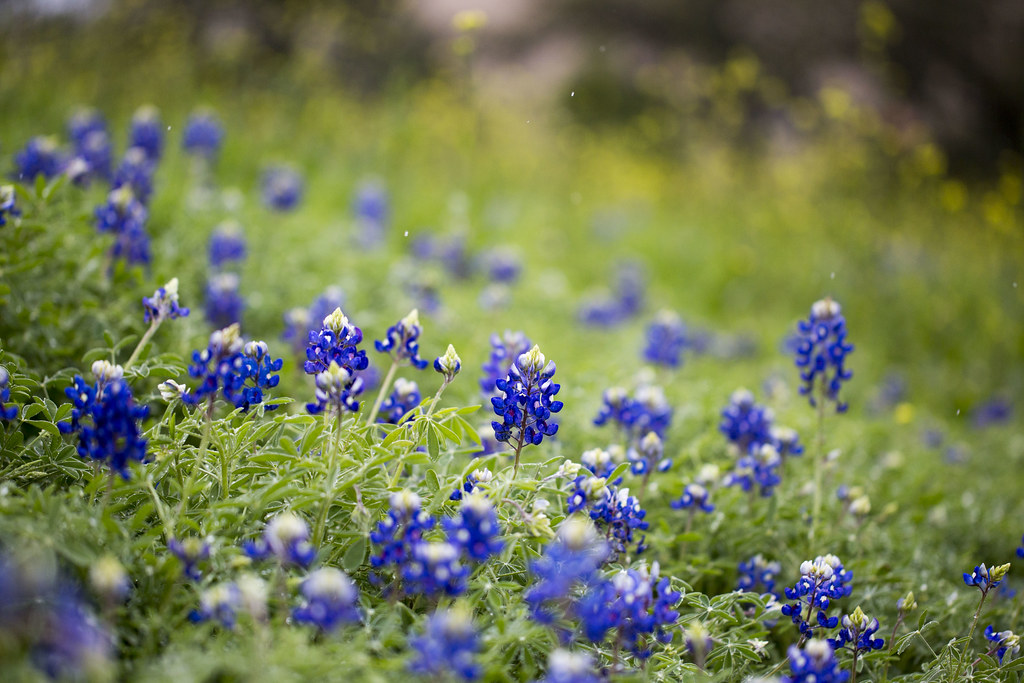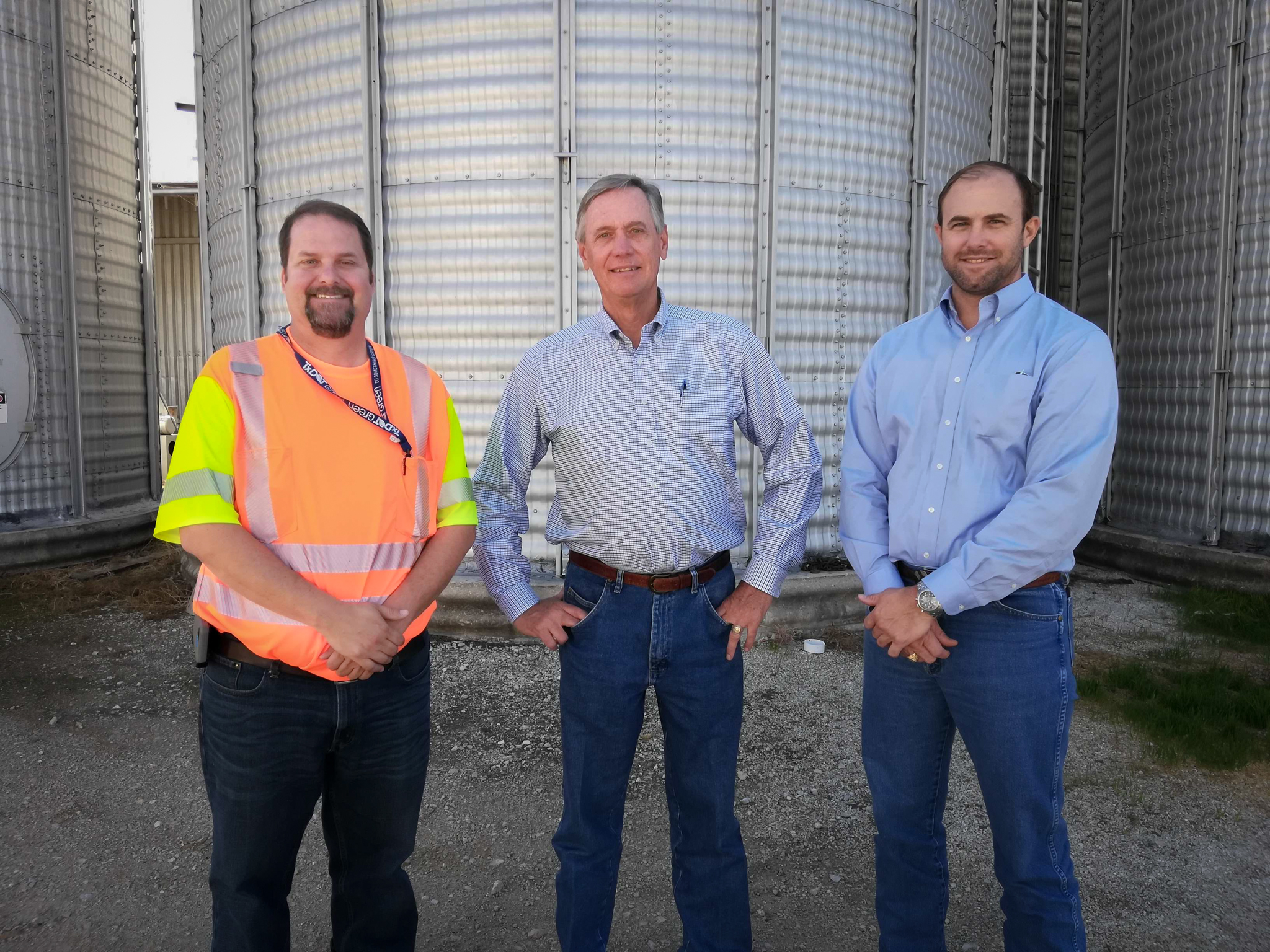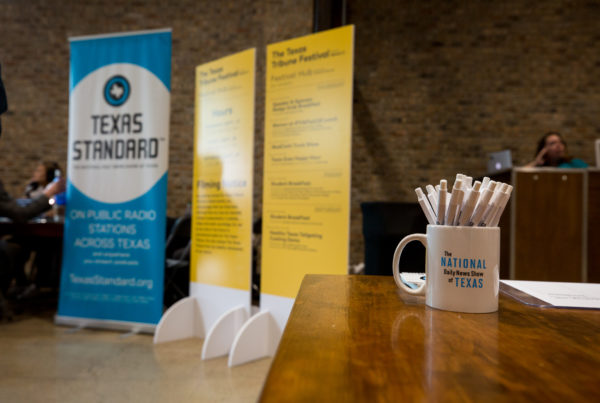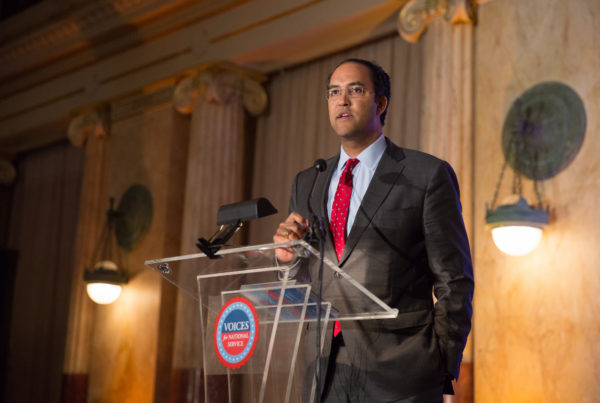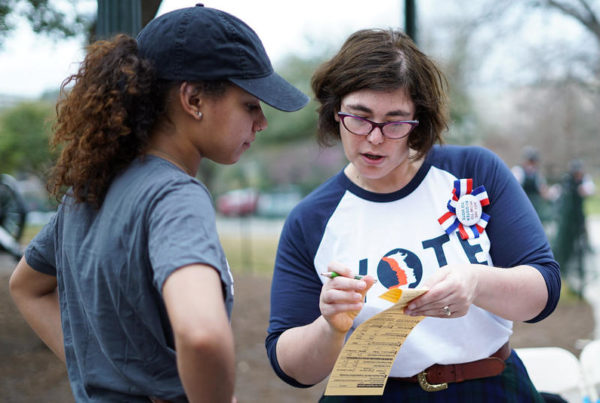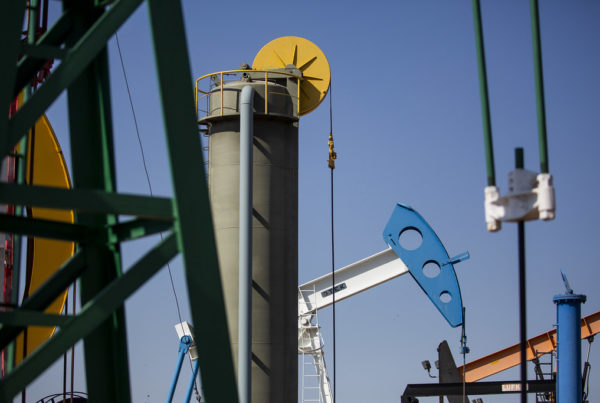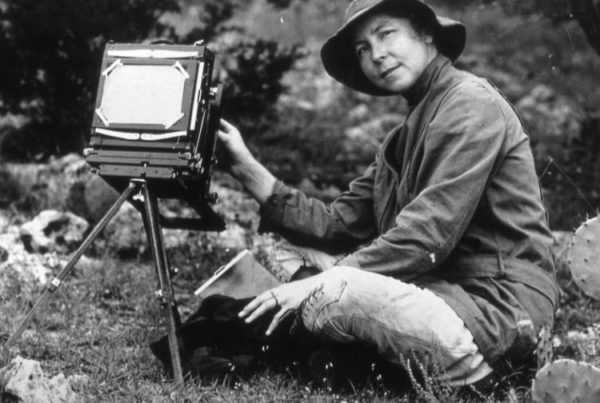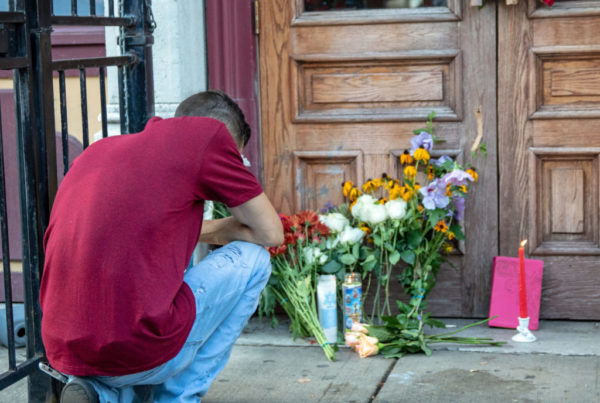“Out of sight, out of mind.” That’s how the saying goes. And it’s exactly the way wildflowers are right now, for most Texans. But the flowers that beautify state roadsides each spring are not out of mind for the team that makes it happen.
Meet Forrest Smith, with Texas A&M-Kingsville. His research team has put in “decades of work” in search of the perfect seeds for the different climates and soils we have in Texas.


